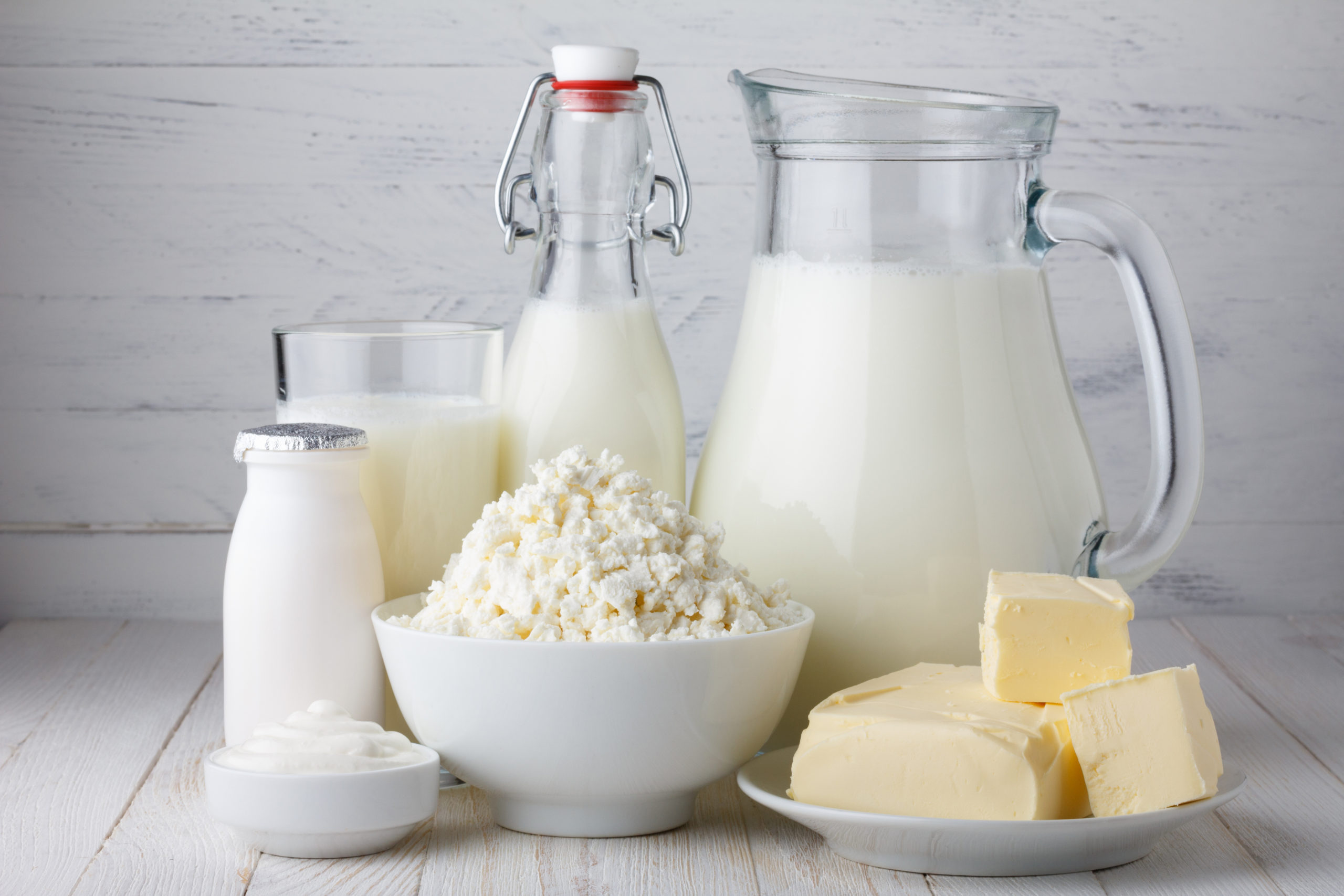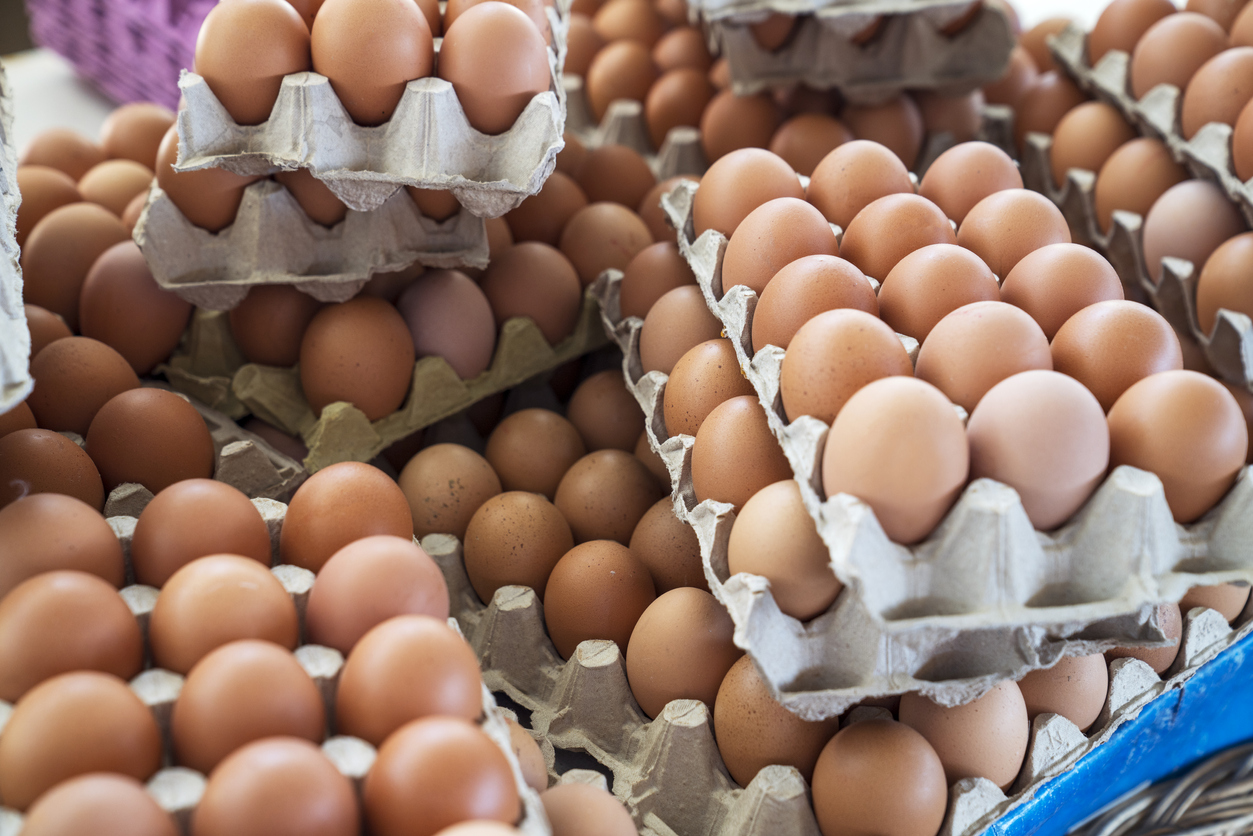Pop-up restaurants are gaining a lot of popularity in the UK right now and for good reason. They offer something new and unique and with everything that is going on in the world, something fun is much needed. For restaurant owners, a pop-up is a perfect way to test a new concept or a series of dishes.
If you’re interested in running your own pop-up restaurant, how do you go about it?
What is a Pop-up Restaurant?
Before we get started on how to manage this, you should understand exactly what a pop-up is. Essentially, this is a temporary restaurant that may be open for just one night or it could be something that is available for a month or two.
Pop-up restaurants are designed to be simple and interesting. Most offer a set meal or a changing chef’s choice menu each day. Some specialise in just one type of food, while others offer something new and interesting every day. This keeps costs down and lets the chef have some fun with the food.
For those interested in starting a restaurant, the pop-up can provide a chance to test locations, prices, and dishes. You will quickly learn what draws a crowd and what bores them. Ideally, you’ll have something so fun and interesting that everyone will talk about it on social media.
Unfortunately, without enough hype ahead of time, pop-up restaurants won’t do well. You need to make sure everyone is excited to test this limited time only offer. There is also the issue that you won’t be able to cultivate long term customers because you will only be around for a short period of time.
However, if you’re looking to get investors for a permanent restaurant, you’ll get the proof of concept you need for them. There’s nothing like an overnight success to convince investors to help you out with your full business.
Come Up with a Concept
The best pop-up restaurants have a theme. This could be anything from food, such as waffles or Italian food, to a more obscure concept, like blind dining. If you have a unique idea, you will rapidly garner fame and interest.
It can be helpful to look at the competition and see where there are holes. What are people looking for that you can offer? Is there a gap in the cuisines offered in your hometown? Can you fill that gap?
Choose a Location
Your location is just as important as the concept and can be literally anywhere. Many people think of a pop-up restaurant as being located in a tent, van, or something temporary, but you may be able to rent a space for a short period of time.
One excellent option is to take over another restaurant while it’s closed. For example, if the main restaurant is open every day but Monday, you might present your restaurant on Mondays. This has the advantage of being well-known already. You can easily guide people to the location and it’s also possible that some of their existing customers will dine with you.
Plan Your Décor
How you decorate will depend on the location. You should have at least one photo-worthy space for people to take pictures to upload to their social media. This can be as simple as a painted backdrop with the restaurant name on it, or you can create some different backdrops or frames. A wire heart threaded with flowers is always a popular choice for photos, as are wings that people can stand in front of.
Throughout the space, you should repeat your theme and ensure that it is interesting to look at. People love to have a visual feast as well as a tasty one.
Follow Safety Regulations
No matter where you choose to hold your pop-up restaurant, you’ll need to ensure you are legal. This means following the local regulations for health and safety standards. You’ll need a location that fits all the standards and a kitchen that will meet health requirements, as well. Just because this is temporary doesn’t mean you can skip all the paperwork.
For some restaurants, this isn’t a big problem. You may already have everything in place because you already have a dining place, or you may be ready to set up permanently and are still testing ideas. If you set up in an existing restaurant, many of the regulations are already fulfilled.
Create Your Menu
The menu is very important and should be completely fleshed out before you begin promoting. You’ll need to select a few dishes that you can make quickly and serve a lot of. However, it is also dependent on what is available in your area. If your focus is waffles, for example, select four or five options to offer people. The menu should be kept very simple since you are just testing the idea.
You’ll need to have a supplier to buy from in bulk and preferably wholesale. This will help keep your costs down and ensure that you have all the ingredients you need when the pop-up opens. Don’t forget to stock up on condiments like butter and jam, if your dishes call for it. The details are what will make this a success.
Manage Your Payments
It’s best if you can accept credit cards in order to make life simpler. There are many options available for this, so do some research before you open and ensure you have everything set up to accept both cash and card.
Start Promoting
The promo is the biggest part of ensuring the entire situation is a success. If no one knows about the restaurant, no one will show up, so this part starts early. You can really hype up your theme if that’s what is the biggest part of the show. If you have selected something that will give people an Instagram or TikTok worthy background, make sure you show it off in your own photos and videos.
Let the media and a few key influencers have a sneak peek at what you’re offering. This will help you gain traction in the news and people can begin talking about the concept.
Once the location is open, encourage people to tag themselves and the restaurant in their posts on social media. You can also provide photo opportunities with backdrops that include the restaurant’s social media tag. This means anyone who sees the pictures will be able to look you up.
Finally, you’ll want to keep that marketing vibe going when the restaurant is running. Post plenty of photos of people having fun and enjoying the experience, since this is what will have others show up. With planning and great execution, the process should be a lot of fun.
Prep and Stock Up
The final step before opening is to purchase everything you need. This is when you’ll buy or hire dishes, tables, and décor. It’s important to stick with your theme, so it may take a little extra time to get your items set up. Remember that everything matters, down to the salt shakers on the tables. If your theme is more visual than anything else, you need to really get those details perfect.
Ensure you have plenty of everything, including ingredients and drinks to keep all your customers happy. If you do run out of food, you should have a backup plan. Sometimes having limited availability is actually a bonus, as it creates a bigger mystery about the place. People want what they can’t have, so if they find out that you only serve 50 people a night and they’re number 51, they’ll be there bright and early the next day.
However, you may prefer to simply overstock in case you get more diners than anticipated. The choice is yours. It depends on personal preference and the availability of funds.
Running a pop-up restaurant is a lot of work for something so temporary, but it can be fun and exciting. It’s also a good way to test out some concepts before you decide to turn them into a proper sit-down restaurant. Many chefs like to see what people think of a new dish before they take it to the menu in their main restaurant and this is a good way to find out.
Are you looking for a wholesale supplier for your restaurant? Freshways offers top-quality dairy products, bakery items, and other wholesale ingredients. Contact us today to learn how we can help you.


